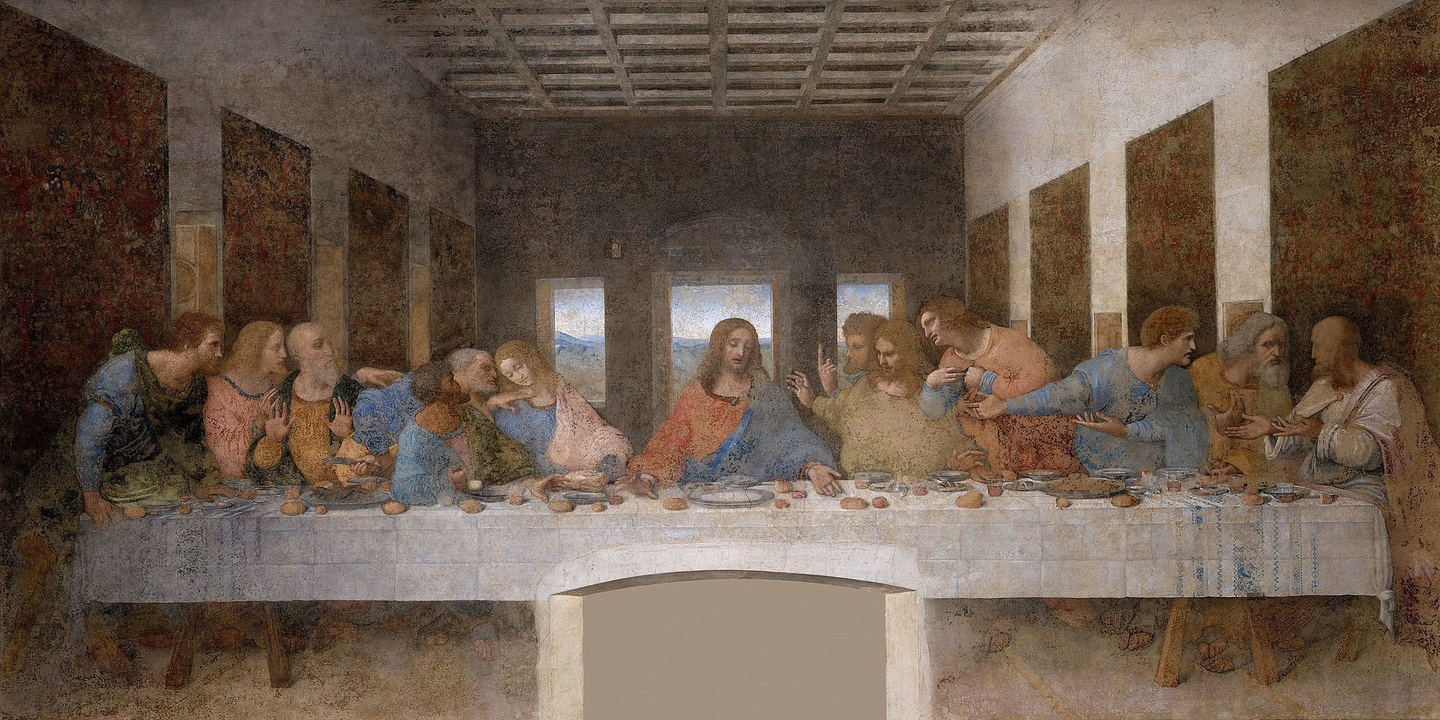During the summer of 1995 while hiking through the Tuscany hills in Cortona, Italy, I was fortunate to stumble upon the vast portfolio of Albrecht Dürer’s life’s work on display just outside the Uffizi Museum in Florence. Dürer, master painter, printmaker, and theorist, was well known for his detailed depictions of both everyday and divinely inspired scenes deeply rooted among natural settings. Through his exploration of depicting nature he sought to discover his life’s purpose. While peeking into his world through the works displayed in Florence, I recognized familiar faces, places, and locales, but there were many works I’d never seen before in print.
I was familiar with Saint Jerome in His Study and The Four Horsemen of the Apocalypse, but one piece in particular caught my attention. His 1513 work Knight, Death and the Devil (at bottom of post) immediately drew me in. In order to fully appreciate it one must not only immerse themselves in the ultrafine, multidirectional, crosshatched strokes rendered but also at the iconic significance in the human, animal, and otherworldly subjects themselves. Not known to be subtle in his use of symbolism each element’s purpose lends greater depth to the intertwined narrative captured in each intentional stroke of his intricate, artistic genius.
Dürer’s original title for Knight, Death and the Devil was simply The Rider. During the time surrounding his creation of this piece his mother was in his care as she was very ill. She passed into the afterlife in 1514. During this period, he immersed himself in producing copperplate engravings of such explicit, exquisite detail that significantly stand apart from his other works. Knight, Death and the Devil took three immersive months to complete. This piece and two others formed his collective set of three master engravings. Knight, Death and Devil, Saint Jerome in His Study, and Melencolia I are known as the Meisterstiche, Master Engravings. So let’s see what clues the artist has left us to discover.
First and foremost the Rider’s stance is casual, his progress through the frame quite relaxed, as he gallops along the path. This path could be divine as the knight has exercised a Christian inspired life. However, I’m not convinced there is any relation to Christianity in this piece. The Rider displays there is no threat within the scene as his helm’s visor up, not down signaling a fighting position thus protecting his face from attack. He looks ahead devotedly stoic yet relaxed knowing he has led a fulfilled life of bravery and devotion. The Rider is possibly just moments from certain death. He knows full well that he lived a good life as he slowly gallops into the afterlife just around the next bend along his shared path.
The Rider looks ahead, not distracted to the side or behind with regrets in his past. He lives in the here and now experiencing practiced mindfulness. He doesn’t dwell on the past or future. He breathes gently while his trusted companions, his faithful horse and dog, lead him with fierce love and admiration for their master. The Rider’s horse is adorned with oak leaves, to some referencing Christ. These leaves could also reference growth or fertility, but in this depiction, they reference the never-ending cycle of life and death and then life again in another terrestrial or heavenly realm.
The dog signifies loyalty, love, and protection for his master, is in a running pose rather than walking casually like his master. The dog sees what lies ahead, and the Rider trusts his faithful companion with his life and well-being. The fox tail on the Rider’s lance which he holds lightly over his shoulder references good luck or protection. Some feel it references lies and deceit. I wholeheartedly disagree with that analysis. This knight is noble, not an evildoer.
The village in the background pictured above the primary scene is placed above the head of the Rider as if he’s thinking of home. Is he a king in disguise? It’s juxtaposition serves as a thought bubble or daydream. He calls this home, but not his true home, in the beyond, it is only his earthly home. The village, high above, distant, could be referring to the afterlife or Heaven itself.



























